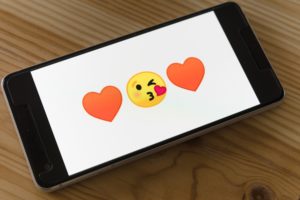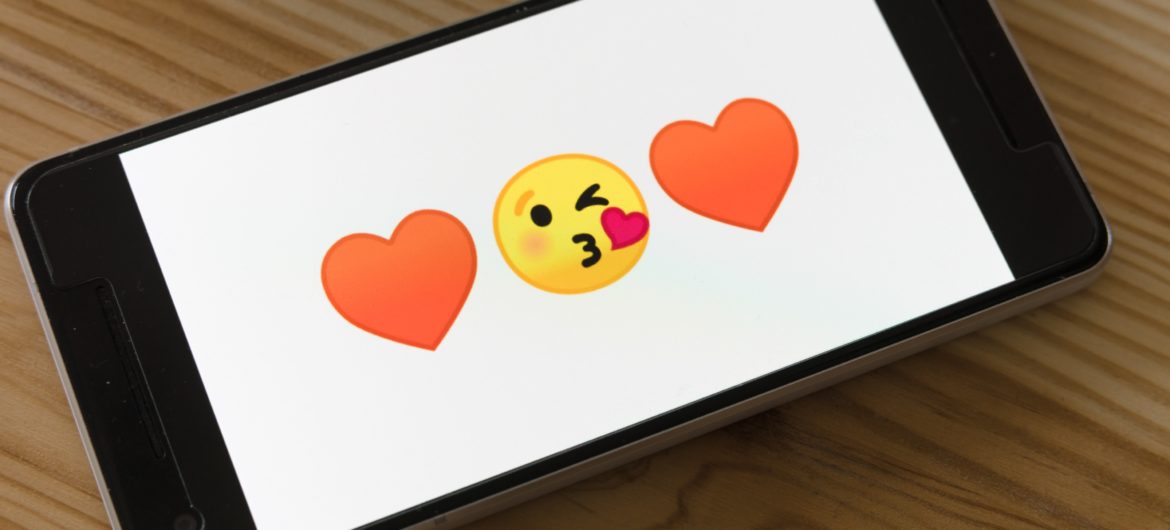A new library of emojis has been revealed and it seems to reflect the chaos that happened in 2020. This can be seen in the mending heart and face with spiral eyes.
The Unicode Consortium, the organization responsible for creating emojis, announced 217 new avatars for Emoji 13.1, which also adds a heart on fire, a face exhaling and a face in the clouds.
According to the emoji reference website Emojipedia, the spiral eyes emoji replaces an existing one which displayed spiral eyes on some platforms, but X eyes on others.

Most of the updates are to skin tones, as users will have 210 new options that appear in multi-person emojis – mostly couples kissing and sharing hearts.
This more modest update was created so there would be new emojis before then.
‘The Unicode Consortium is a volunteer organization and we would be completely without new emoji in 2021 if it weren’t for the dedication of many volunteers who make this possible,’ the group said.
The ‘Face Exhaling’ emoji represents relief, exhaustion, or a sigh of disappointment, according to Emojipedia, though it may also be used to symbolize smoking.
The new ‘Mending Heart’ emoji is ‘the opposite of a broken heart,’ Emojipedia says, and indicates healing ‘or to express sympathy for someone going through a difficult time.’
The face in the clouds icon is ‘ambiguous,’ according to Emojipedia and may represent fogginess, confusion, ‘or even a sense of calm bliss.’
The ‘Heart on Fire’ emoji is meant to reference desire or lust, though some have suggested it could also represent heartburn.
Improving representation has been a major concern for the consortium, which began modifying emoji skin tones and adding same-sex couples in 2015.
And interracial couples were recently added in 2019.
The planned Emoji 14 release was delayed due to the pandemic lockdown, and will not be included in iOS until 2022.
A study last year in the journal First Monday found that, while Unicode had broadened emoji skin-tone options, it still defaulted in many ways to Caucasian avatars.
Darker skin tones are ‘tacked on’ at the end of the pop-up menu, for examples, with whiteness still centered as the primary choice.
Lead author Miriam Sweeney, a library sciences professor at the University of Alabama, said black users have also complained that Unicode emojis still all use ‘European phenotypic features, so the same smooth hair and facial structures as before.’
‘It’s a case where the representation did shift and become broader but, at the center, that base character remains the same,’ Sweeney told WBHM. ‘We didn’t rethink that original image and representation.’

A Unicode committee meets annually to improve representation, with participants making a case for why a particular emoji should be updated or added.
‘We see expanded representations and it’s like a never-ending task to represent all of the different cultural specificities in the diverse world,’ Sweeney said.
‘So they can, in a sense, never really catch up. They’ve kind of started with a central base and now this model where they’re adding on new representations all the time is an endless model.’




